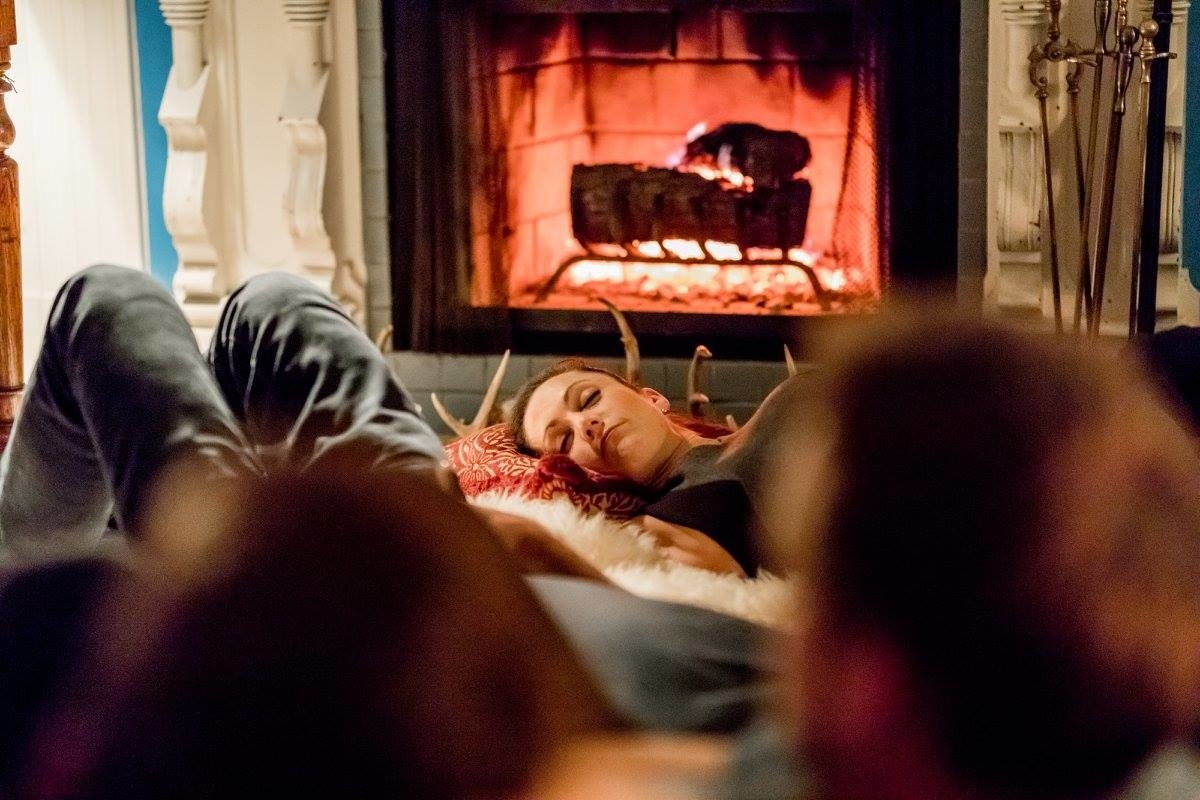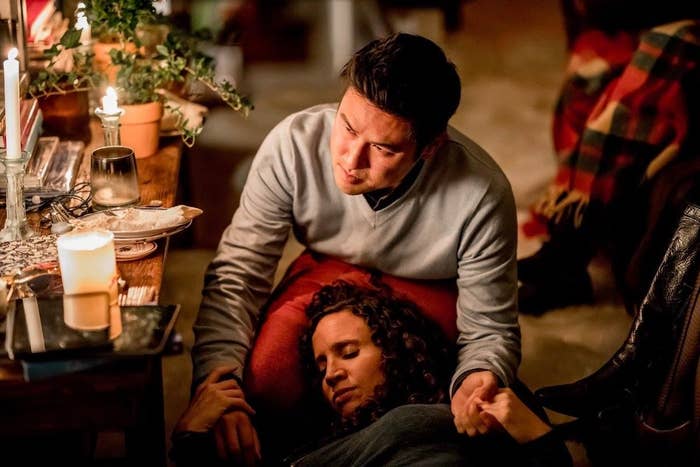
On a recent night, the hottest place for a certain swath of tech-happy San Franciscans to be was sprawled out, eyes closed, on the floor of an elegant Victorian in the city’s Pacific Heights neighborhood. A dozen others, sunk deep into couches, were nodding off with faint smiles on their faces. The sun had set hours ago. Candles illuminated the cozy living room, lined with bookshelves and paintings.
The event was meant to underline the importance of sleep — the struggle to make time for it, the agony of tossing and turning, the exhaustion from having too little. And every pain point, as they like to say in Silicon Valley, is a profit opportunity. “I think meditation’s very 2014 or very 2015,” half-joked Susan MacTavish Best, a self-described brand influencer who was throwing the sort-of slumber party for a sleep app, Calm, at her home. “I think sleep is a great market and a great business, because we all have to do it.”
For insomniacs seeking solutions beyond Ambien and staring at the ceiling, a wave of slick software, sensor-filled gadgets, and other high-tech accessories promises swift entry to dreamland. There are glasses and masks to lull you into REM, bracelets to measure their success, and earplugs to shut out disturbances. There are devices that monitor how good your room is for snoozing and shower you with light in the morning, and apps that coach you to fall asleep and fill your ears with white noise. Arianna Huffington — co-founder of The Huffington Post, self-described “sleep evangelist,” and author of The Sleep Revolution — late last month launched Thrive Global, a company on a mission to “end the escalating stress and burnout epidemic.” More than 50 million Americans struggle with sleep disorders.
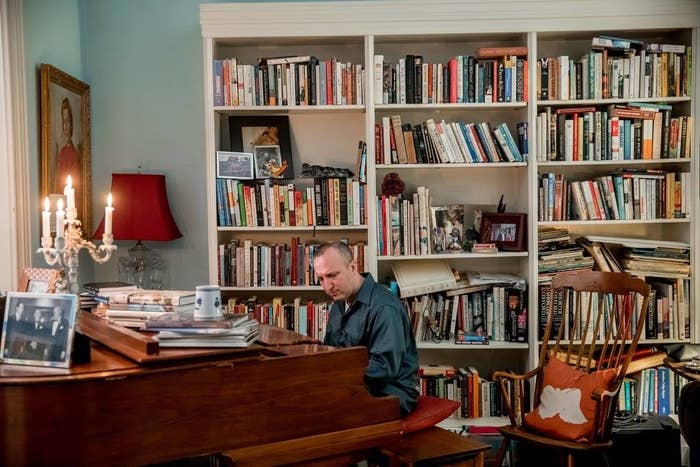
Now comes Calm. Known for a popular app with guided meditations, the San Francisco startup recently expanded into sleep by adding recordings of grown-up bedtime stories. They include John Muir’s tranquil nature essays, set to the sounds of birds chirping, and the economic tome The Wealth of Nations, read by Ben Stein, the droning teacher in Ferris Bueller’s Day Off (what could be more sleep-inducing?). MacTavish Best’s gathering was a launch party of sorts for the new feature, and put attendees in a stupor with hot butter rum and bourbon-laced cider. Wistful piano melodies drifted through the air. Fluffy white rugs transformed the floor into a field of clouds, and our host encouraged us to spread out, shoes off, and get comfortable with each other. (Earlier, I’d had to explain to my editors that, despite how it sounded, I was not attending an orgy.)
Having lain in bed inexplicably awake until 6 a.m., I was feeling curious, in a hazy, exhausted sort of way, about my fellow partygoers’ sleep habits. I found solidarity with Diane Anderson, a public relations professional, who told me, “I have a hard time falling asleep. I think I’m just a worrier.” About what? “My kid, my finances, my house.” She envies her boyfriend, Michael Fitzsimmons, who has no such problem. “I take a nap every day, some time between 1 and 4:30,” Fitzsimmons, who raises money for hedge funds, said. “I’ve literally been early for meetings in my car, and I’ll put the seat back and recline and fall asleep for five minutes.”
In the pre-industrial era up until the late 17th century, before electric and gas light blurred the line between night and day, people often slept after dusk, naturally woke up for one or two hours, then went back to bed. More than a few centuries later, a 30-year-old British tech employee told me that he keeps a similar schedule: He’ll go to bed at 9, get up at midnight to read or listen to music, and fall asleep again until 5 or 6. “I can fall asleep in a nightclub if I want to,” he told me. “It’s staying asleep that’s the difficult part.”
“What if you go to bed drunk?” someone asked.
“That’s a whole different ball game. I only sleep for an hour.”
Like lots of us, Laurie Keith struggles to shut off her gadgets before turning off the lights. “I go to bed looking at Facebook, looking at Twitter, reading my email,” said Keith, who works for the Advertising Council. “That, combined with a little bit of TV, maybe a little bit of HBO Go, maybe a little bit of Netflix, and that’s why it’s hard to go to bed at night.”
And she’s anxious about what all that screen time is doing to our bodies. “If we do not separate from these devices and remember we are human beings first,” she said, “it just becomes this addictive pattern.”
The tech business does seem to be an unlikely source of sleep salvation — and not just because its products tend to keep us up at night. Many of the people who make them are workaholics, proudly so. “‘Could you work 130 hours in a week?’” Yahoo CEO Marissa Mayer once said of Google’s early years. “The answer is yes, if you’re strategic about when you sleep, when you shower, and how often you go to the bathroom.” Jack Dorsey works 18-hour days as CEO of both Twitter and Square, and Apple CEO Tim Cook wakes up at 3:45 a.m. Tim Ferriss, an entrepreneur and tech angel investor, insists two hours are better than eight.
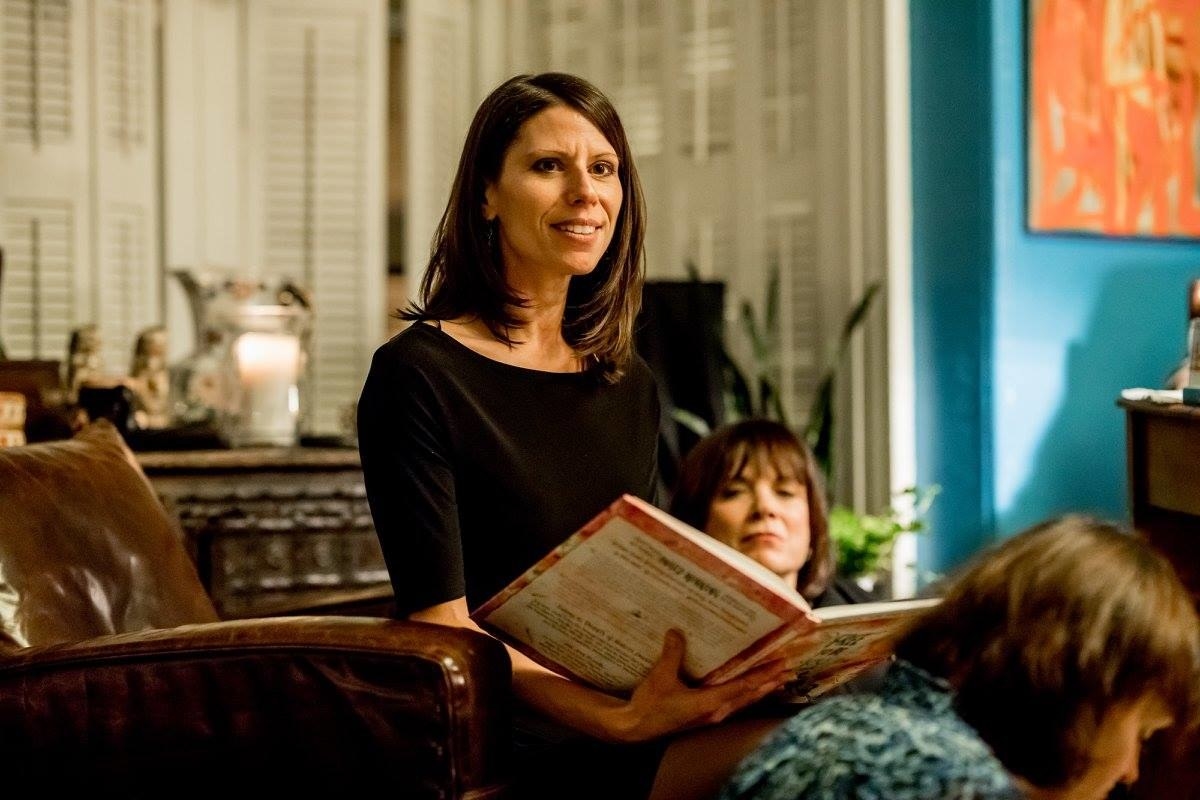
But sleep deprivation isn’t much of a bragging right if what you’re working on is a sleep app. Alex Tew, Calm’s co-founder, told me he can sleep 16 hours a night without effort, although he usually gets seven to nine. “The myth of working and sleeping three hours a night, I think it’s mostly bullshit,” he said. “I think people lie.”
“You’re probably not going to succeed or fail based on how much sleep you get,” he added. “What’s more important is that you’re working on something that’s awesome.” The idea behind Calm’s new feature, he told me, is that instead of forcing you to choose between your phone and your pillow, you can bridge the gap by letting your phone tell you tales. It’s not as forensic an approach to sleep as resetting your circadian clock, but there’s something soothing — if old-fashioned and decidedly non-tech — about the idea nonetheless.
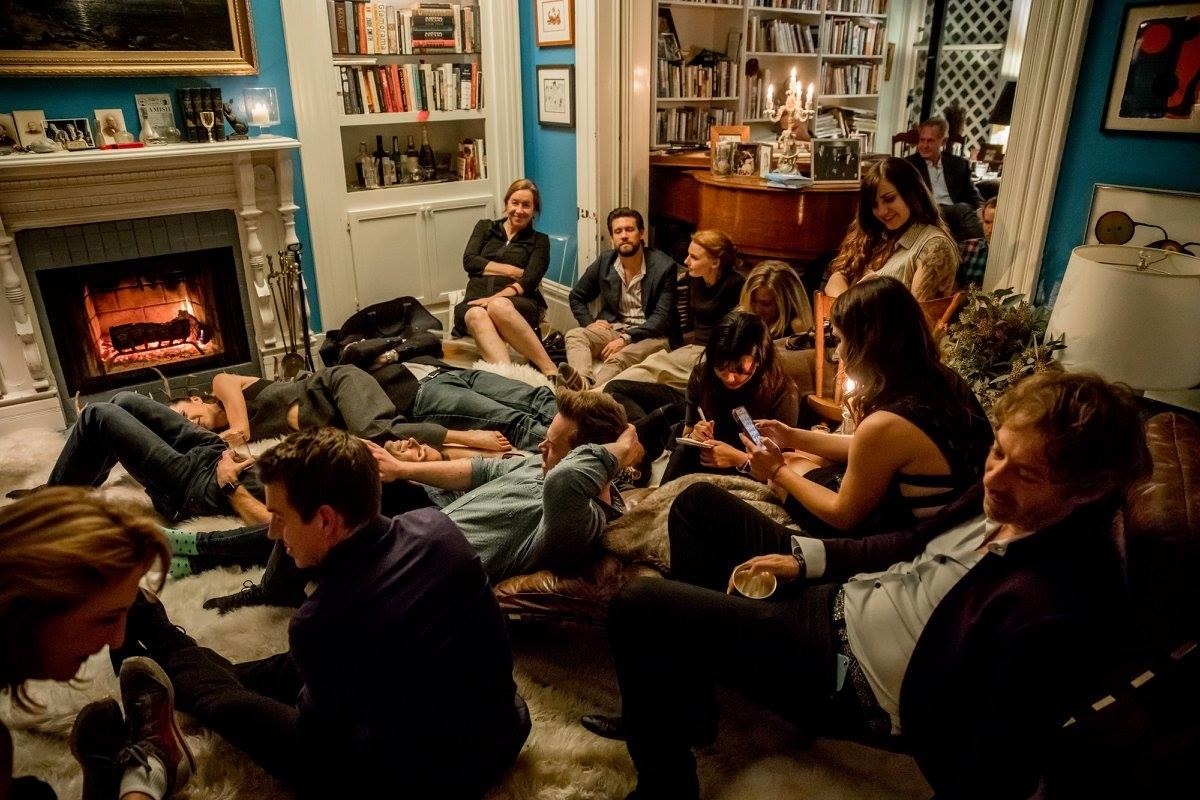
At the gathering, we settled in for some nocturnal storytelling from two voice actors hired by Calm, marking the first time that most of us had probably heard a bedtime story since elementary school. Putting our phones in airplane mode, we started off with a deep-breathing meditation session. Then, in the nearly silent living room, we listened to a mystery, followed by a fairy tale, told in tones only slightly louder than the crackling fireplace. At one point, a group of people passed by on the sidewalk. So absolute was our concentration that their laughing and shouting felt jarring.
One by one, we let our shoulders droop and minds unwind. We curled up into balls, leaned against walls, and stretched out head to toe. Time passed — a half-hour? 45 minutes? — and after the last word of the last story, there was a pause before we shook ourselves. Now fully drowsy, certain that my insomnia bout was over, I felt tempted to linger as long as possible in the spell, that space between wakefulness and sleep. But the dream was short-lived: I really needed to check my phone.
